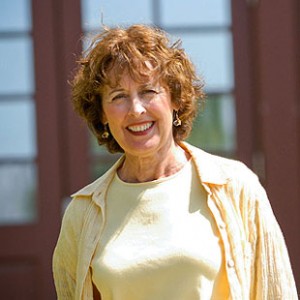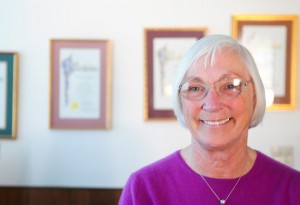 Still undecided this election? This voters guide is handy but we won’t vouch for its usefulness
Still undecided this election? This voters guide is handy but we won’t vouch for its usefulness
It’s election season once again. While my editor keeps his own counsel in these matters, I relied on my other boss — my five-year-old son — in preparing my own MAD-LIBBED slate of political endorsements.
Keep in mind; this in-depth analysis can be easily adjusted (to the right or the left) with a few flicks of your very own number two pencil.
President
(FAMOUS PERSON) Spiderman
With his years of experience as a (JOB) backhoe driver (ADJECTIVE), (SAME FAMOUS PERSON) Spiderman has the (NOUN) Power Puff Girls backpack and the (NOUN) Legos to lead us in (PLACE) the kitchen as well as in (PLACE) the Chicken Ranch. The fact that (NICKNAME FOR FAMOUS PERSON) Spidey has (another FAMOUS PERSON) Yu-Gi-Oh! as his vice president, makes him a very (ADJECTIVE) pretty choice for President.
U.S. Senate
(FAMOUS PERSON) SpongeBob SquarePants
Since first being elected to office on (DATE) my birthday, July 27, (SAME FAMOUS PERSON) SpongeBob SquarePants has been a tireless advocate of (ADJECTIVE) sweaty environmental protection, (ADJECTIVE) gassy military, (ADJECTIVE) tattooed education and fiscal (PLURAL NOUN) juice boxes.
U.S. Congress
(FAMOUS PERSON) Captain Underpants
While serving as a (PLACE) Legoland’s County Supervisor, (SAME FAMOUS PERSON) Captain Underpants was a key player in a successful effort to force (ANOTHER FAMOUS PERSON) the Power Rangers to clean up (PLACE) Chase Palm Park and make restitution for one of the largest (EVENT) birthday parties in history. (ADJECTIVE) Sassy-minded, (ADJECTIVE) bumpy-working, and at times (ADJECTIVE) silly, (SAME FAMOUS PERSON) Captain Underpants will prove to be a (NOUN) triceratops when he gets to Sacramento, where he’d be environmentally (ADJECTIVE) burpy, yet fiscally (ADJECTIVE) super-duper. We believe (same FAMOUS PERSON) Captain Underpants experience as a (NOUN) Ninja Turtle will help him (verb) dribble California’s public schools.
Proposition (NUMBER) 10 million
Summary: Would (VERB) kiss a bond for (NUMBER) infinity dollars to fund (NOUN) snakes and (PLACE) Kid’s World.
Supporters: People for the ethical treatment of (NOUN) Pop-tarts; California (JOB) Ice Skaters Association; (FAMOUS PERSON) Mayor Blum.
Opponents: Save the (ANIMAL) Unicorns; (TEAM NAME) The Gauchos; Senator (FRIEND’S NAME) Jared.
Our Take: Never underestimate the power of an (SAME JOB) Ice Skater. (NUMBER) A billion people in (ADJECTIVE) squishy tights just can’t be wrong.
Proposition (NUMBER) 66
Summary: The proposition would change the states (NOUN) three strikes law.
Supporters: Several (NOUN) civil rights groups, including the ACL (LETTER) U and the (POLITICAL GROUP) NAACP.
Opponents: Governor (ACTION STAR) Schwarzenegger; State (JOB) Prison Guards Union.
(Editors Note: What are the odds?)
School Board
(THREE FAMOUS PEOPLE) Pikachu, Where’s Waldo and President Bush
The (ADJECTIVE) brainy candidates running for the open seats on the School Board are all (ADJECTIVE) shiny, (ADJECTIVE) happy people who have the students’ best (body part) funny bone at heart. They will face problems like (NOUN) carnivores, (NOUN) herbivores, (ADJECTIVE) stretchy enrollments, and a (ADJECTIVE) farty achievement gap. We feel (THREE FAMOUS PEOPLE) Pikachu, Where’s Waldo and President Bush stand out as the best qualified to (VERB) jump the (NOUN) shark.
—
When not writing this (ADJECTIVE) catsupy column, chasing down (NOUN) chocolate or out (VERB, ENDING IN -ING) kicking people to vote, Leslie Dinaberg can be found (VERB, ENDING IN -ING) shopping, (VERB, ENDING IN -ING), bouncing, or on her computer at email
Originally published in South Coast Beacon on October 28, 2004.





